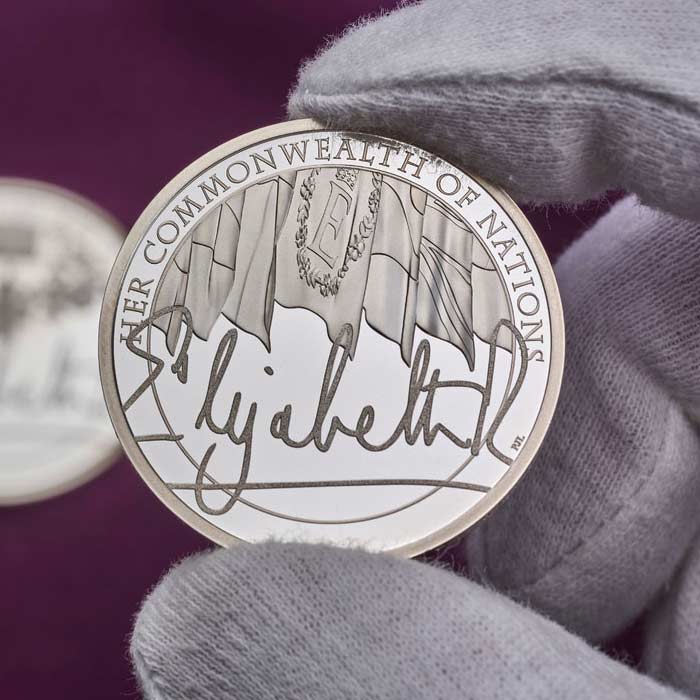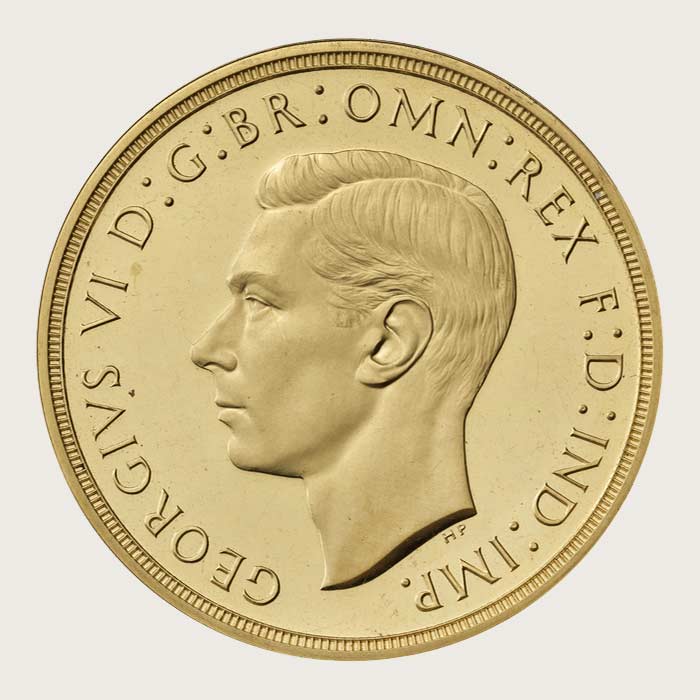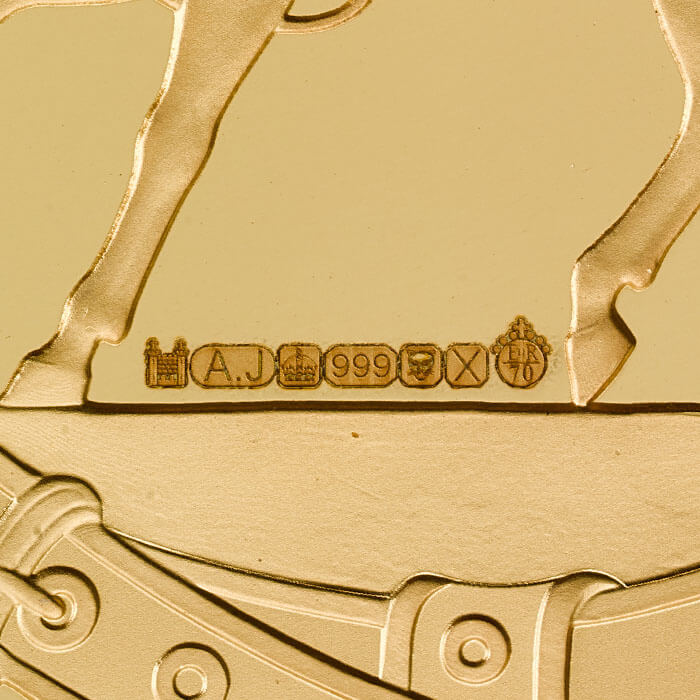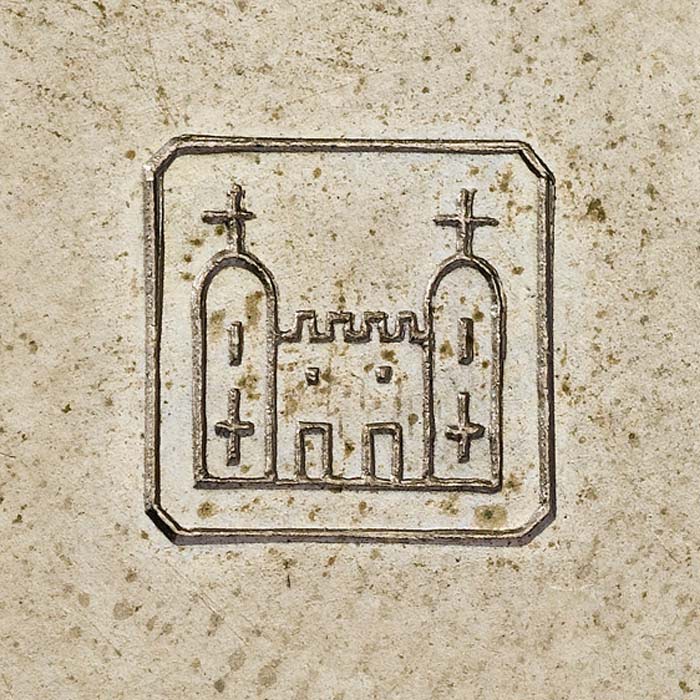NGC Grading Scale
We understand that there are many considerations when grading a coin, and here at The Royal Mint we use the British descriptive coin grading scale. The grading evaluates certain factors such as sharpness, effigy definition, and general wear and tear, which ascertains the coin’s condition – ‘Fine’, ‘Very Fine’, ‘Extremely Fine’ and ‘Uncirculated’ – and helps determine the coin’s value and demand.
NGC Coin Grading Scale
Here at The Royal Mint we use the British grading scale to help verify the condition and value of a coin but, for collectors, it is also beneficial to understand the Sheldon grading scale. The Sheldon grading scale is used in the United States and is an internationally recognised way to define the condition of a coin. In addition to using the Sheldon Scale, the Numismatic Guaranty Company (NGC) also uses a two-letter code which sits before the coin’s numeric grade to help describe the overall appearance and method of coin production.
‘MS’ refers to a Mint State coin struck for circulation and ‘PF’ refers to a Proof coin struck for collectors.
‘SP’ refers to a Specimen coin, which means it is of a better standard than a circulating coin but not in as good a condition as a Proof coin.
A strike type is a two-letter code labelled before its numeric grade. This grading system is to help collectors understand the coin’s method of production and overall appearance. The most common are MS for Mint State coins (those struck for circulation) and PF for Proof coins (those struck for collectors). Another strike type is SP for Specimen, which describes a coin that falls short of the definition for actual Proofs but is superior to the standard currency issues.
| MS Mint State. | Coins struck in the same format as circulation issues. Applies to grades 60 to 70. |
| PF Proof. | Coins struck in a special format for collectors. |
| SP Specimen. | A hybrid between Mint State and Proof. |
Using the internationally recognised Sheldon Scale, the numeric grade ranges from 1 to 70, with 1 being the lowest and 70 being the highest. The coin condition ultimately dictates where it lands on the scale. However, some numbers are skipped below the grade of 60 (which is the threshold for a coin to be considered 'Uncirculated').
| MS/PF 70 |
A coin with no post-production imperfections at 5x magnification. |
| MS/PF 69 |
A fully struck coin with nearly imperceptible imperfections. |
| MS/PF 68 |
Very sharply struck with only miniscule imperfections. |
| MS/PF 67 |
Sharply struck with only a few imperfections. |
| MS/PF 66 |
Very well struck with minimal marks and hairlines. |
| MS/PF 65 |
Well struck with moderate marks or hairlines. |
| MS/PF 64 |
Average or better strike with several obvious marks or hairlines and other miniscule imperfections. |
| MS/PF 63 |
Slightly weak or average strike with moderate abrasions and hairlines of varying sizes. |
| MS/PF 62 |
Slightly weak or average strike with no trace of wear. More or larger abrasions than an MS/PF 63. |
| MS/PF 61 |
Weak or average strike with no trace of wear. More marks and/or multiple large abrasions. |
| MS/PF 60 |
Weak or average strike with no trace of wear. Numerous abrasions, hairlines and/or large marks. |
| AU 58 |
Slight wear on the highest points of the design. Full details. |
| AU 55 |
Slight wear on less than 50% of the design. Full details. |
| AU 53 |
Slight wear on more than 50% of the design. Full details except for very minor softness on the high points. |
| AU 50 |
Slight wear on more than 50% of the design. Full details except for minor softness on the high points. |
| XF 45 |
Complete details with minor wear on some of the high points. |
| XF 40 |
Complete details with minor wear on most of the high points. |
| VF 35 |
Complete details with wear on all of the high points. |
| VF 30 |
Nearly complete details with moderate softness on the design areas. |
| VF 25 |
Nearly complete details with more softness on the design areas. |
| VF 20 |
Moderate design detail with sharp letters and digits. |
| F 15 |
Recessed areas show slight softness. Letters and digits are sharp. |
| F 12 |
Recessed areas show more softness. Letters and digits are sharp. |
| VG 10 |
Wear throughout the design. Letters and digits show softness. |
| VG 8 |
Wear throughout the design. Letters and digits show more softness. |
| G 6 |
Peripheral letters and digits are full. Rims are sharp. |
| G 4 |
Peripheral letters and digits are nearly full. Rims exhibit wear. |
| AG 3 |
Most letters and digits are readable. Rims are worn into the fields. |
| FR 2 |
Some details are visible. Rims are barely visible. |
| PO 1 |
Enough detail to identify the coin's date and type. Rims are flat or nearly flat. |
NGC uses the Plus (+) and Star (★) emblems to help collectors understand whether the coin is at the high end of their assigned grade and/or with an exceptional eye appeal. All coins are automatically assigned with the evaluated Plus and Star designations as part of the normal NGC coin grading process, all for no additional fee.
| +(NGC Plus Designation) | NGC assigns a + to coins at the high end of their assigned grade, approaching the quality requirements for the next grade. For example, a coin graded NGC MS 64+ is close to the quality of a coin graded NGC MS 65. Read more... |
| ★(NGC Star Designation) | NGC assigns its trademarked Star ★ Designation to coins with exceptional eye appeal for their assigned grade. Read more... |
Strike characters are used to describe how well an area of a coin is struck and when information is of specific interest to collectors. For example, strike characters can describe the degree of lustre, contrast, or other distinctive features.
| RD Red. | A coin with full mint red luster. |
| RB Red Brown. | A coin with a mix of red luster and brown patina. |
| BN Brown. | A coin with full or nearly full brown patina. |
| Ultra Cameo | Applies only to PF coins. The fields are deeply mirrored and the devices are heavily frosted for bold contrast on both sides of the coin. |
| Cameo | Applies only to PF coins. The fields are deeply mirrored and the devices are frosted for moderate contrast on both sides of the coins. |
| DPL | Deep Prooflike. The fields are deeply mirrored. Does not apply to Proof coins. |
| PL | Prooflike. The fields are mirrored. Does not apply to Proof coins. |
NGC exclusively offers several special release designations to recognize coins received for grading within a specified timeframe or at a particular event. These release designations include 'Early Releases', 'First Releases', 'First Day of Issue' and 'Show Releases' – these are typically paired with special NGC certification labels.
| Early Releases | NGC offers the Early Releases designation for selected coins received by NGC or an NGC-approved depository during the first 30 days of release. |
| First Releases | NGC offers the First Releases designation for selected coins received by NGC or an NGC-approved depository during the first 30 days of release. |




